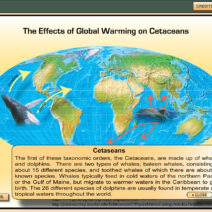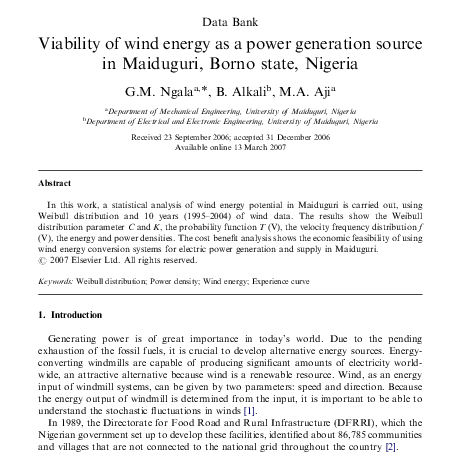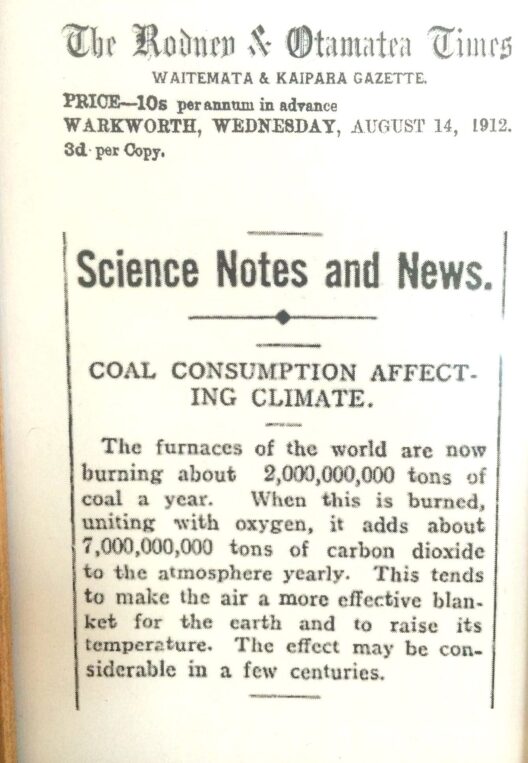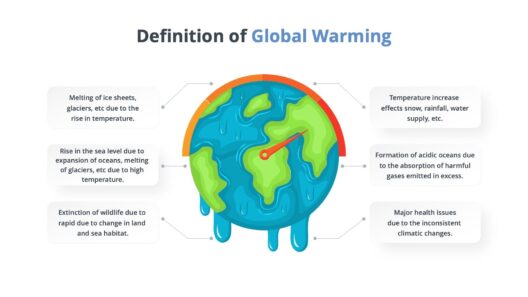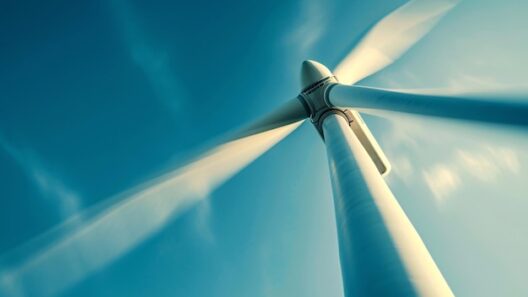Wind energy has emerged as a formidable contender in the pantheon of renewable energy sources. This article delves into the effectiveness of wind energy, evaluating its efficiency and viability as a power generation solution. In an era punctuated by climate change and environmental degradation, understanding how effectively wind power can address our energy demands is paramount.
As nations strive to transition from fossil fuels to cleaner alternatives, wind energy stands out for several reasons. However, skepticism around its efficiency and reliability remains. This article explores those concerns, addressing the vital aspects that determine the efficacy of wind energy in today’s energy matrix.
Assessing Energy Capture Efficiency
One of the most critical metrics in evaluating wind energy is its capacity to convert wind into electricity efficiently. The efficiency of a wind turbine depends on several factors, including its design, location, and the wind regime of the area in which it is installed. Modern wind turbines can achieve an energy capture efficiency of around 45% under optimal conditions, though this figure can vary based on specific environmental circumstances.
Factors such as wind speed and turbulence play a significant role in determining a turbine’s performance. Locations with consistent high-speed winds, such as coastal areas or open plains, yield greater efficiency. Conversely, areas frequently subjected to variable or low wind speeds may struggle to harness adequate energy. The siting of wind farms is crucial; strategic placement can enhance energy capture while minimizing disruption to local ecosystems.
Critically, the capacity factor of wind energy installations illustrates their efficiency. The capacity factor is the ratio of actual output over a period to the maximum possible output had the generator operated at full capacity during that same period. The average capacity factor for wind energy is about 35-45%, which is competitive compared to conventional sources like coal or natural gas. This metric not only highlights wind energy’s reliability but also underscores its potential role in providing a steady energy supply.
The Viability of Wind Energy in Diverse Conditions
Wind energy’s viability is often judged through its sustainability and economic feasibility. In recent years, the cost of wind energy has plummeted due to advancements in technology and economies of scale. The levelized cost of electricity (LCOE) from wind farms has become increasingly competitive compared to fossil fuels. Moreover, incentives from governments worldwide have spurred investments in wind energy infrastructure, stimulating growth in this sector.
However, the geographic and climatic variability that influences the wind has significant implications. Different regions possess different wind profiles, which can lead to disparities in energy production. For instance, while areas like the Great Plains of the U.S. boast consistent winds ideal for large-scale wind farms, regions with less favorable winds may find it challenging to achieve similar outputs. This variation necessitates a thoughtful approach to integrating wind energy into broader energy systems.
Mitigating Buyer Concerns: Addressing Intermittency Issues
One primary concern for stakeholders contemplating investment in wind energy lies in its intermittency. Wind does not blow consistently; hence, there are times when energy output may dwindle. This uncertainty can pose risks for energy grids that rely heavily on wind power. However, several strategies can mitigate these concerns, making wind energy a more feasible option.
One solution involves diversifying energy sources. By creating hybrid systems that integrate wind power with other renewables like solar energy or hydropower, the energy supply can become more reliable. When the wind isn’t blowing, other sources can compensate, ensuring a stable energy flow. Battery storage technology is also making significant strides, allowing energy to be stored during windy periods and released during calm times, thus enhancing reliability.
Additionally, advancements in forecasting methodologies can improve wind energy predictability, allowing grid operators to better manage energy supply and demand. Real-time weather data and improved models enable operators to anticipate when wind resources will be available, thereby integrating wind energy more effectively into the grid.
Environmental Considerations and Sustainable Practices
While wind energy presents numerous advantages, it is not devoid of environmental implications. The construction and operation of wind farms can impact local wildlife, particularly avian and bat populations. However, ongoing research and innovative turbine designs aim to reduce these risks. Implementing wildlife monitoring programs and utilizing technology such as radar or acoustic monitoring can mitigate adverse effects on local fauna. Additionally, careful site selection can minimize ecological disruption.
In summary, while wind energy is an efficient and increasingly viable renewable energy source, its success hinges on several factors, including effective technology, strategic planning, and adaptive management practices. Addressing buyer concerns, particularly around intermittency and environmental sustainability, increases confidence in wind energy as a mainstay of modern power generation. As we strive toward a sustainable future, embracing the potential of wind energy appears not only prudent but essential.
In conclusion, assessing the effectiveness of wind power requires a multifaceted approach. By evaluating efficiency, viability, and addressing key concerns, it is clear that wind energy plays a pivotal role in our transition toward a greener energy landscape. Through continued innovation and thoughtful implementation, wind energy can significantly contribute to a sustainable and resilient energy future.

